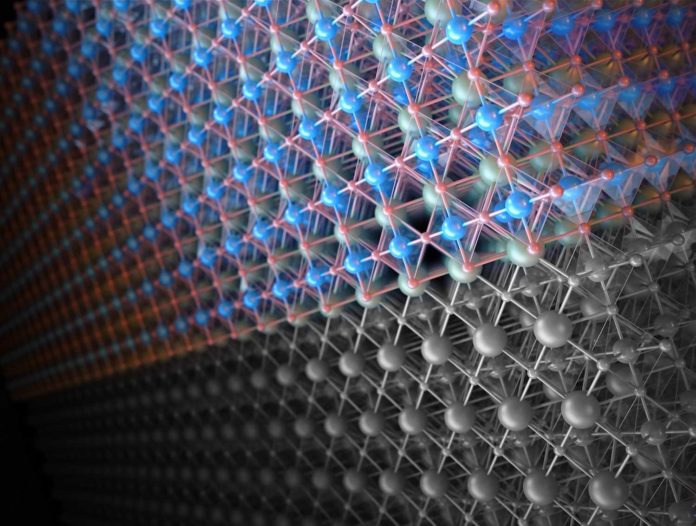X-ray experiments at the U.S. Division of Energy’s Lawrence Berkeley National Laboratory (Berkeley Lab) uncovered an unexpected transformation in a single atomic layer of a material that added to a multiplying in the speed of a chemical reaction – the splitting of water into hydrogen and oxygen gases. This process is an initial phase in delivering hydrogen fuel for applications, for example, electric vehicles controlled by hydrogen fuel cells.
Slavomír Nemšák, a beamline scientist at the ALS who contributed to the study, said, “There is simply no other place in the world that can do these analyses on the level that the ALS can right now.”
Scientists used the technique that allowed them to explore the surface of a catalyst material called lanthanum nickel oxide (LNO) that is useful in water splitting. Catalysts are used to accelerate or otherwise improve the efficiency of chemical reactions.
Scientists engineered the catalysts in precise layers and was about 100 atoms thick. Samples were prepared with either a nickel-rich or a lanthanum-rich surface.
The samples with the nickel-rich layers carried out the water-splitting reaction twice as fast, and the atomic structure had transformed from a cubic to hexagonal pattern in the last atomic layer.
Nemšák said, “The ALS helped to reveal this difference. This technique brought exact depth-specific information on the chemical composition of the catalysts.”
Journal Reference:
- Baeumer, C., Li, J., Lu, Q. et al. Tuning electrochemically driven surface transformation in atomically flat LaNiO3 thin films for enhanced water electrolysis. Nat. Mater. (, 2021). DOI: 10.1038/s41563-020-00877-1
